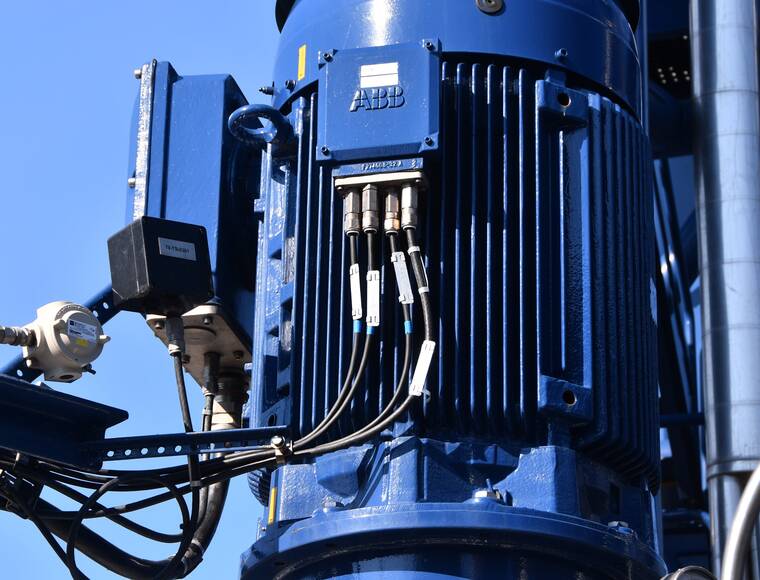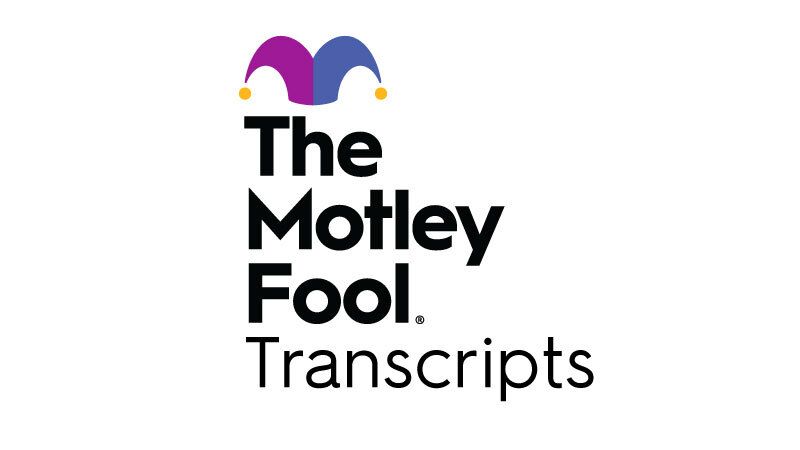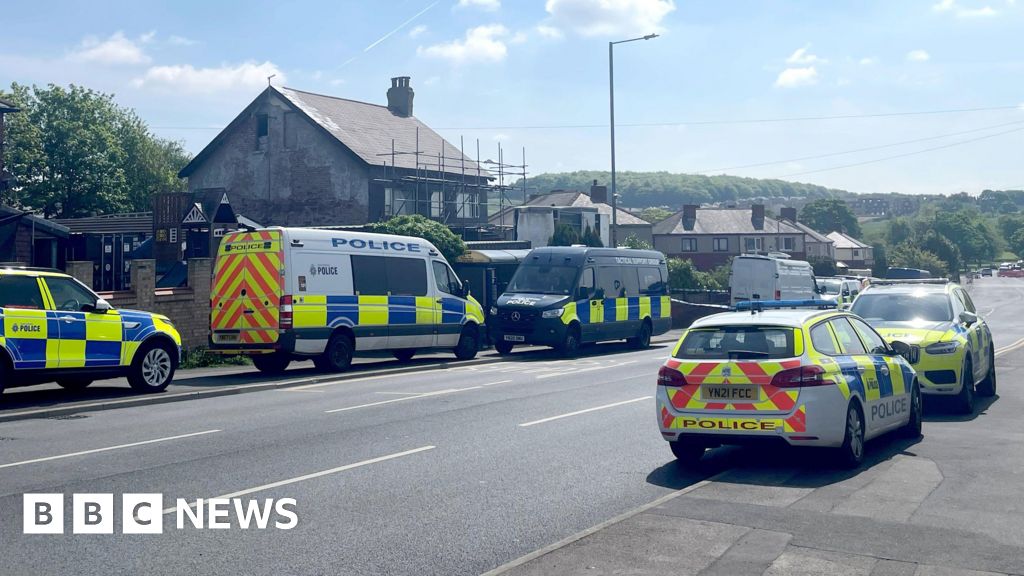Copyright staradvertiser

In furtherance of his Hawaii State Energy Office (HSEO) plan to use liquefied natural gas, or methane, as a cheaper “bridge” fuel, Gov. Josh Green recently signed on to a still-undisclosed “strategic partnering agreement” with JERA, a Japanese methane supplier long accused by watchdog organizations of greenwashing, market manipulation, predatory business practices and ignoring concerns from those living near its projects. This should be a major concern for all who call Hawaii, and our planet Earth, home. First, HSEO’s plan to use methane-based liquified natural gas (LNG) as a “bridge” fuel could cost residents hundreds of millions of dollars or more. If HSEO’s estimated $1.4 billion price tag for an offshore import facility and pipeline infrastructure increases by even a modest amount, Hawaiian Electric customers would inevitably have to pay for potentially substantial losses. Some are even describing this LNG facility as the “Honolulu rail of utilities.” Things could get far worse, in the case of facility or pipeline failures due to an earthquake, tsunami, hurricane, fire or human error. Examples of offshore LNG facilities shutting down for months at a time and with significant financial costs can be found throughout the world, including in Greece, Italy and Bangladesh. Tellingly, Japan and China refuse to use offshore LNG facilities, due to their unreliability, vulnerability and high cost of maintenance. Second, highly volatile LNG is notorious for its public and environmental health impacts. Watchdog groups with specialized cameras have documented LNG processing, storage and burning facilities spewing massive amounts of methane, benzene and other toxic gases into the air, threatening nearby schools and residences. Such leakage can create a very real risk of fires, as recently seen at JERA’s Freeport LNG plant in Texas. Environmental impacts, including devastating losses in fisheries catches, have also been documented near LNG facilities in the Philippines and Louisiana. None of these or other risks were fully analyzed in HSEO’s proposal. Of greatest concern is the potential for Hawaii to pave the way for the adoption of climate-destroying LNG throughout the Pacific, and beyond. This could lock in an ever-greater dependency on fossil fuels, in a moment where drastic reductions in methane emissions is absolutely critical. With methane having a global warming impact more than 80 times that of carbon dioxide, Hawaii’s example could make or break our ability to ensure a livable future for our children and generations to follow. Had Gov. Green done his homework, he may have hesitated before his full-throated endorsement of LNG, or getting into bed with JERA — a company described by many as derailing global climate goals, and which suffered a $751 million loss after the Freeport LNG terminal explosion that sent a fireball of toxic chemicals 450 feet in the sky. Now, rather than investing in energy efficiency and renewable energy, we must contend with a profit-driven, multinational corporation seeking to implement a half-baked proposal from the governor’s administration — at the expense of our ratepayers’ pocketbooks, our aina and our planet. Hawaii residents can sign a petition to put the brakes on this fast-moving LNG train-to-nowhere at bit.ly/nolng4hi. In the meantime, Gov. Green must also uphold his promise to be “the most transparent governor in Hawaii’s history” by: 1) Sharing the contents of the “strategic partnering agreement” he signed with JERA and its affiliates on Oct. 6. 2) Providing full disclosure on the Hawaii parties involved in this agreement, including any individuals with past or present connections to Pacific Resource Partnership or “alternative fuels” corporations. 3) Describing how exactly he will meet our 2045 renewable energy goals, including the source of the “green hydrogen” mentioned in the HSEO report — or admit that his LNG plan is a “bridge” with no end. Wayne Chung Tanaka is executive director of Sierra Club of Hawaii; Sherry Pollack is co-founder of 350Hawaii, which works to end fossil-fuel pollution.



